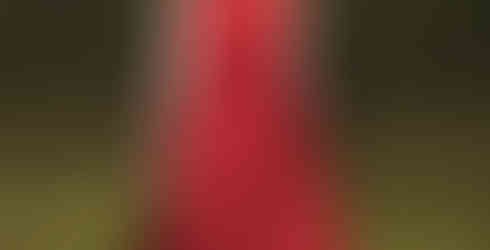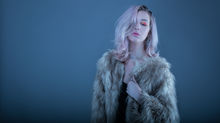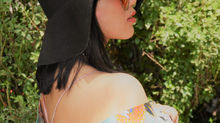Christian Dior Spring Summer 2017
- Srishti
- Apr 26, 2017
- 2 min read
Haute couture's capacity to transport watchers to dream situations is all piece of the feeling of event expected to outline the most unimaginably made garments for the most staggeringly well off. For her first Christian Dior couture gathering, Maria Grazia Chiuri took them to a garden (but a fake garden) labyrinth inside a tent inside the greenery enclosures of the Musée Rodin. You just needed to glance around to detect this wasn't a position of cut topiary and raked ways, however. Supports were congested, and ways strewn with leaves and greenery. It was Chiuri's method for flagging that she plans to convey some naturalism to the dream of couture. "I would prefer not to lose envisioning," she stated, in a review at Dior base camp. "Be that as it may, I would like to make it feasible for couture to be wearable."
The green maze was an allegory, she stated, for her own life and profession, as she discovers her path once again into the workings of a storied Paris house, after her long working life at Valentino in Rome. A portion of the soul was well-known, a merging of her Italian-virginal styling with Dior-isms. New confronted sprites trod the Dior pathways in low little cat heels and boots, wearing ingenue ball outfits with wispy undergarments straps, and an incomprehensible assortment of beautifully lively garden-referenced hats by Stephen Jones.
Chiuri effectively relaxed the corseted stricture of the Dior New Look—the overwhelming carapace that faces each planner at this house—by utilizing supple fan creasing to make peplums, volumes in sleeves, and whirls in skirts. Things went in and out where they ought to for a house that does "female" abdomens. The lower leg touching ballet performer length of the New Look was regarded, as well, regardless of the possibility that that was in wide "Tuxedo" culottes, Chiuri's response to manly ladylike fitting that opened the show.
How did Dior's first lady couturier arrived at these conclusions? A blend of sharp social examination and nature. Feeling what ladies need to wear is incompletely careful divination—the way that Chiuri put trees whose branches were hung with agnostic votive offerings at the focal point of the set, and sprinkled shining tarot images in the layers of tulle skirts, appeared to symbolize that conviction. The rest, however, isn't enchantment, yet understanding the events on which ladies will wear the garments to be seen in. What's more, on the off chance that they don't exist so much—well, then make the events!
Chiuri inquired about this history in the Dior chronicles. In the '50s prime of Christian Dior, there were balls that kept couture houses occupied for an entire year ahead of time. "It was something essential to dress for, and to offer garments," said Chiuri. Today around evening time, in Paris, she backpedaled to the brief Christian Dior winter gardens at the Musée Rodin to have a Bal Masqué—a focused spruce up occasion for couture customers and design world inhabitants, and as it were, a meeting of imagination with trade.

































































Comments